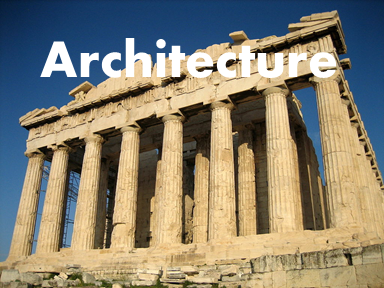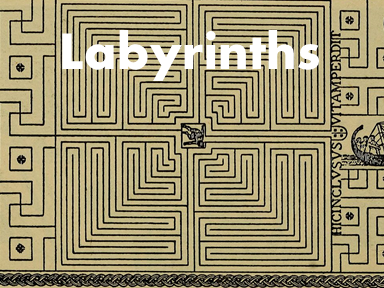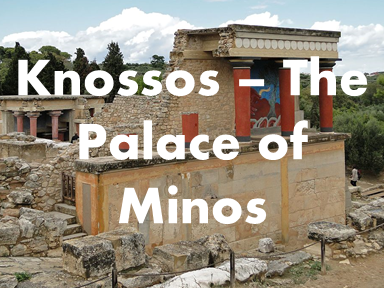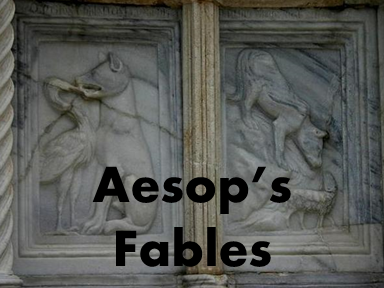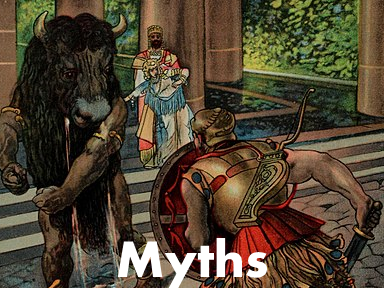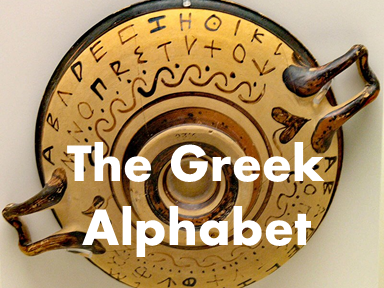
Ancient Greece Architecture
New Stone Age
During the New Stone Age the Greeks built small houses or huts. They built wooden walls around them for protection. By the end of the Stone Age the houses were bigger with stone walls around the village.
Bronze Age
By the Early Bronze Age the villages were built around one big house. This central house was not only bigger, but fancier with stone walls. By the Late Bronze Age the Greeks begin to build palaces and big stone tombs. The roads were paved. Bridges and dams were built as well.
Greek Dark Ages
During the Greek Dark Ages the palaces were burned. The roads, bridges, and dams were not maintained and begin to deteriorate. By the end of the Dark Ages the Greeks begin to build temples to the gods. The roads, bridges, and stone walls were repaired.
Classical Period
By the time the Classical Period began, the Greeks begin to build bigger temples and new designs. Building temples was a new concept for the Greeks. They probably got the idea from the Egyptians, who had been building temples for thousands of years.
The first Greek temples were built around 800 B. C. They were made of wood. The design was a long rectangular building with a porch all the way around them supported by columns which were made of tree trunks.

Agrigento. Temple of Hera. West end
Soon the Greeks begin to build the temples from limestone. The first limestone temples had thick columns with big stone capitals at the top of each. These temples were built on top of a small stone platform with steps going up to them. These temples were built just like the wooden ones had been except they were of stone. This is why the columns were fluted. This means they had grooves running up and down to resemble the wooden columns after they had been stripped of their bark.
Parthenon

The Parthenon was built in the 440's B. C. Because of the new idea of democracy palaces and big tombs were not built. With democracy all men were equal. Men did not want to appear better than others just because the had more money.
The Parthenon sat on a base that was 70 meters long and 26 meters wide. It had Doric columns. Seventeen columns were along it length and eight along it width. Each column was 10 meters tall and 2 meters in diameter.
Public buildings were also built. Gymnasia, stoas, and basilicas (places to worship) were built. These were places where men could meet.

Parthenon South Frieze

South Metope XXXI of the Parthenon
The Athenian Acropolis
The Greeks built temples to honor their gods. Athens was even named after the god Athena. On the highest point in the city, the Athenians built a temple called the Parthenon. It was filled with statues of the gods.

Porch of the Caryatids of the Erechtheum
Hellenistic Period
By the 300's BC, the Greeks begin to try some new architectural types. They spent less time on temples. Their time was devoted to building theaters. Town planning with the streets laid out in straight lines was another project the Greeks tackled.
By 200 to 100 BC, the Romans conquered Greece. After this the architecture began to take on the Roman style.
Greek Columns
The Doric
The Doric was the older and simpler column. The top was plain and sturdy. The shaft had no base. The height of the column is from 5 to 7 times the diameter of the base.

Lindos Fishing Village on the Island of Rhodes in Greece
The Ionic
The Ionic is thinner and more decorated than the Doric. The top is decorated with a scroll-like design. The base was circular or polygonal. The height of the column was from 7 ½ to 9 ½ times the diameter of the base.


Temple of Athena Nike on the Acropolis of Athens
The Corinthian
The Corinthian is the most decorative column. It is a slender fluted column having an ornate capital decorated with two rows of acanthus leaves and four scrolls. The shaft has 24 flutes and is commonly 10 diameters high.


Temple of Olympian Zeus in Athens





